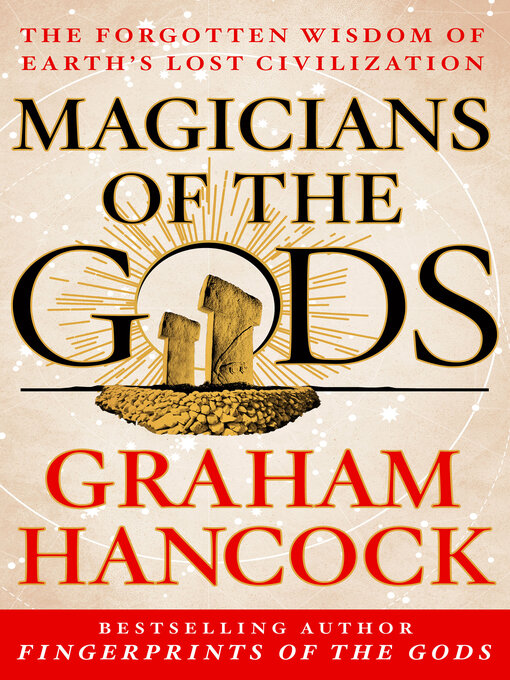Graham Hancock's multi-million bestseller Fingerprints of the Gods remains an astonishing, deeply controversial, wide-ranging investigation of the mysteries of our past and the evidence for Earth's lost civilization. Twenty years on, Hancock returns with the sequel to his seminal work filled with completely new, scientific and archaeological evidence, which has only recently come to light...
Near the end of the last Ice Age 12,800 years ago, a giant comet that had entered the solar system from deep space thousands of years earlier, broke into multiple fragments. Some of these struck the Earth causing a global cataclysm on a scale unseen since the extinction of the dinosaurs. At least eight of the fragments hit the North American ice cap, while further fragments hit the northern European ice cap. The impacts, from comet fragments a mile wide approaching at more than 60,000 miles an hour, generated huge amounts of heat which instantly liquidized millions of square kilometers of ice, destabilizing the Earth's crust and causing the global Deluge that is remembered in myths all around the world. A second series of impacts, equally devastating, causing further cataclysmic flooding, occurred 11,600 years ago, the exact date that Plato gives for the destruction and submergence of Atlantis.
The evidence revealed in this book shows beyond reasonable doubt that an advanced civilization that flourished during the Ice Age was destroyed in the global cataclysms between 12,800 and 11,600 years ago. But there were survivors - known to later cultures by names such as 'the Sages', 'the Magicians', 'the Shining Ones', and 'the Mystery Teachers of Heaven'. They travelled the world in their great ships doing all in their power to keep the spark of civilization burning. They settled at key locations - Gobekli Tepe in Turkey, Baalbek in the Lebanon, Giza in Egypt, ancient Sumer, Mexico, Peru and across the Pacific where a huge pyramid has recently been discovered in Indonesia. Everywhere they went these 'Magicians of the Gods' brought with them the memory of a time when mankind had fallen out of harmony with the universe and paid a heavy price. A memory and a warning to the future...
For the comet that wrought such destruction between 12,800 and 11,600 years may not be done with us yet. Astronomers believe that a 20-mile wide 'dark' fragment of the original giant comet remains hidden within its debris stream and threatens the Earth. An astronomical message encoded at Gobekli Tepe, and in the Sphinx and the pyramids of Egypt,warns that the 'Great Return' will occur in our time...
- New eBook additions
- Available now
- Popular eBooks
- Try something different
- New kids and teen additions
- Book Club Picks
- Series Starters
- It's a Mystery!
- See all ebooks collections
- New audiobook additions
- Available now
- Popular audiobooks
- Try something different
- New kids and teen additions
- Listen Up: Great Narrators
- Audiobooks for your Commute
- Sweet nothings in Your Ear
- For the Love of Listening (to audiobooks)
- Full Cast Audiobooks
- See all audiobooks collections
- New magazine additions
- Popular magazines
- New kids and teen additions
- Try something different
- Business & Finance
- Let's Get Crafty
- Health & Fitness
- Cooking up Something Good!
- Celebrity Magazines
- Sports
- Family & Parenting
- Tech & Gaming
- Fashion
- See all magazines collections

